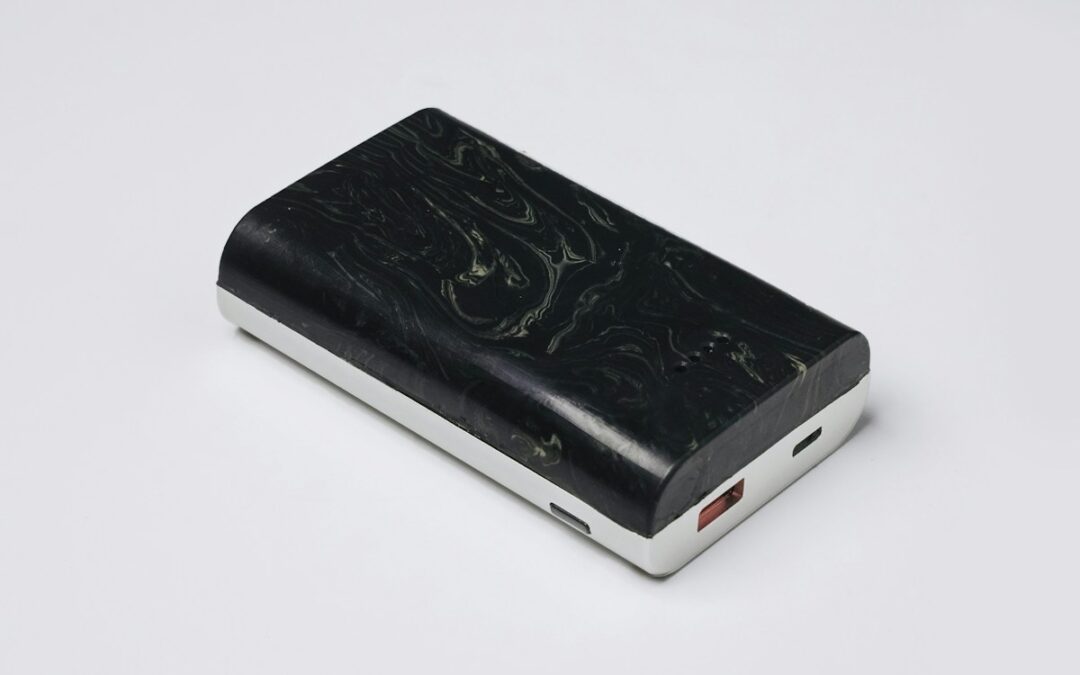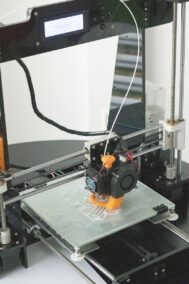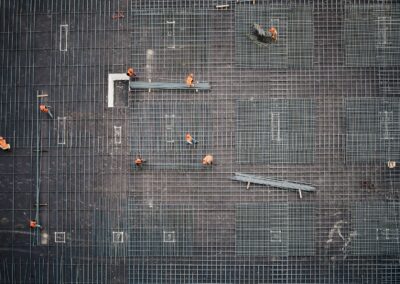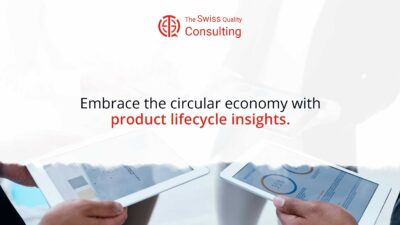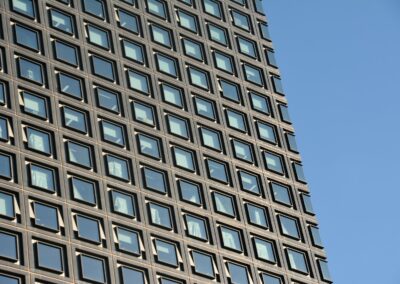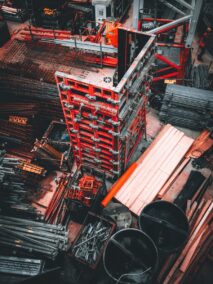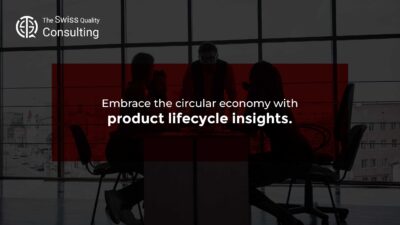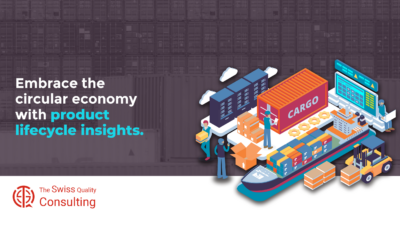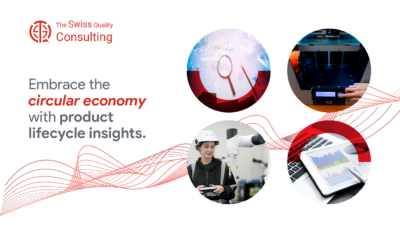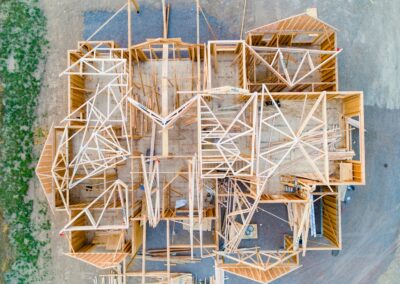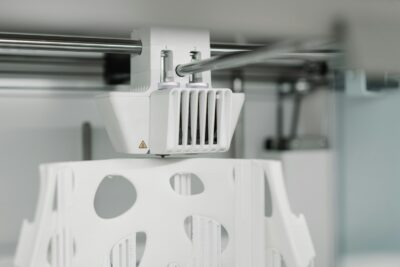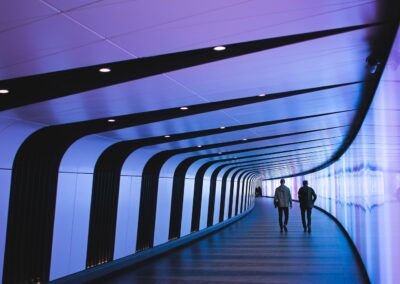How Sustainable Homes Promote a Circular Economy
Innovative Construction Practices in Saudi Arabia and the UAE
In the realm of modern technology and business success, the concept of sustainable homes circular economy is gaining significant traction, especially in regions like Saudi Arabia and the UAE. These areas are pioneering the integration of eco-friendly practices in construction and design, aiming to reduce environmental impact and promote a sustainable future. Sustainable homes utilize recycled and repurposed materials, transforming waste into valuable resources and promoting a circular economy.
In Saudi Arabia, the Vision 2030 initiative emphasizes sustainability and environmental conservation. This vision has led to the adoption of green construction practices that focus on minimizing waste and maximizing resource efficiency. By using recycled materials such as reclaimed wood, recycled steel, and repurposed glass, construction projects in Riyadh are setting new standards for eco-friendly building practices. These materials not only reduce the need for new raw materials but also lower the carbon footprint associated with construction activities.
Similarly, the UAE is at the forefront of sustainable development, with Dubai leading the charge in green building initiatives. The city’s ambitious sustainability goals are reflected in its widespread use of recycled and repurposed materials in construction projects. For instance, the Dubai Sustainable City is a prime example of how circular economy principles can be integrated into urban development. The city utilizes materials from demolished buildings and industrial by-products, ensuring that resources are reused rather than discarded.
Economic and Environmental Benefits of Circular Economy in Construction
The shift towards sustainable homes and a circular economy offers numerous economic and environmental benefits. One of the primary advantages is the reduction of waste sent to landfills. By repurposing materials that would otherwise be discarded, construction projects can significantly decrease the volume of waste generated. This not only conserves landfill space but also reduces the environmental pollution associated with waste disposal.
Economically, the use of recycled and repurposed materials can lead to cost savings. Recycled materials are often less expensive than new raw materials, allowing developers to reduce construction costs. Additionally, the circular economy creates new business opportunities in the recycling and repurposing industries, fostering economic growth and job creation. In Saudi Arabia and the UAE, these opportunities are contributing to the diversification of the economy and the development of sustainable industries.
Moreover, sustainable homes designed with circular economy principles in mind can achieve higher energy efficiency. Recycled materials such as reclaimed wood and recycled steel have excellent insulating properties, which can enhance the thermal performance of buildings. This leads to lower energy consumption for heating and cooling, resulting in reduced utility bills for homeowners and decreased demand for energy resources. In turn, this contributes to the overall goal of reducing greenhouse gas emissions and combating climate change.
Challenges and Solutions in Implementing Sustainable Construction Practices
While the benefits of sustainable homes and a circular economy are clear, there are challenges that need to be addressed to ensure widespread adoption. One significant challenge is the availability and quality of recycled materials. Not all recycled materials meet the stringent standards required for construction, and sourcing high-quality materials can be difficult. To overcome this challenge, it is essential to invest in advanced recycling technologies and establish robust supply chains for recycled materials.
Another challenge is the need for education and awareness among stakeholders in the construction industry. Many developers and contractors may not be familiar with the benefits and applications of recycled and repurposed materials. To promote sustainable practices, it is crucial to provide training and resources that highlight the advantages of a circular economy. Governments and industry organizations can play a key role in this effort by offering incentives and support for green construction projects.
Furthermore, regulatory frameworks need to be updated to support the use of recycled materials in construction. In some regions, building codes and standards may not adequately address the use of non-traditional materials. By revising these regulations to encourage the adoption of sustainable practices, policymakers can facilitate the transition towards a circular economy. In Saudi Arabia and the UAE, ongoing efforts to modernize building regulations are helping to create a conducive environment for sustainable construction.
The Future of Sustainable Homes and Circular Economy
Innovations in Sustainable Construction Technologies
The future of sustainable homes and the circular economy is bright, with continuous innovations driving the industry forward. Advancements in artificial intelligence (AI) and blockchain technology are playing a pivotal role in enhancing the efficiency and transparency of recycling processes. AI can optimize the sorting and processing of recyclable materials, ensuring that only high-quality materials are used in construction. Blockchain, on the other hand, can provide a secure and transparent record of material origins and supply chains, promoting trust and accountability.
In addition to AI and blockchain, the integration of the metaverse and generative AI in design processes is revolutionizing sustainable construction. Architects and designers can use generative AI to create optimized building designs that minimize material waste and maximize energy efficiency. The metaverse offers a virtual platform for collaborative design and planning, allowing stakeholders to visualize and refine sustainable building projects before construction begins. These technologies are paving the way for more efficient and sustainable construction practices.
Case Studies: Riyadh and Dubai Leading the Way
Riyadh and Dubai are exemplary case studies of how sustainable homes and the circular economy are being implemented in real-world scenarios. In Riyadh, the King Abdullah Financial District (KAFD) is a testament to the city’s commitment to green construction. The district features buildings constructed with recycled steel and concrete, as well as energy-efficient systems that reduce overall energy consumption. KAFD is a model for sustainable urban development, demonstrating the potential of circular economy principles in large-scale projects.
Dubai’s Sustainable City is another notable example, showcasing the city’s leadership in sustainable development. The community is designed to be self-sufficient, with solar panels providing renewable energy and recycled materials used extensively in construction. The city also incorporates innovative waste management systems that promote recycling and composting, further reducing its environmental impact. These initiatives highlight the significant strides being made in sustainable urban planning and construction.
Leadership and Business Opportunities in Sustainable Construction
For business executives, mid-level managers, and entrepreneurs, the shift towards sustainable homes and the circular economy presents numerous opportunities. Companies that embrace sustainable construction practices can differentiate themselves in the market, appealing to environmentally conscious consumers and investors. By adopting green building techniques, businesses can enhance their brand reputation and demonstrate their commitment to corporate social responsibility.
Leadership in sustainable construction also involves fostering a culture of innovation and continuous improvement. Business leaders should encourage their teams to explore new technologies and approaches that promote sustainability. Investing in research and development can lead to the discovery of cutting-edge solutions that further advance the circular economy.
Moreover, collaboration is key to the success of sustainable construction initiatives. By partnering with other businesses, government agencies, and non-profit organizations, companies can share knowledge and resources, driving collective progress towards a more sustainable future. In Saudi Arabia and the UAE, such collaborations are already yielding positive results, as evidenced by the successful implementation of green building projects in Riyadh and Dubai.
Conclusion: Embracing a Sustainable Future
The integration of sustainable homes and the circular economy is transforming the construction industry, offering significant benefits for the environment, economy, and society. By leveraging recycled and repurposed materials, innovative construction practices in Saudi Arabia and the UAE are setting new standards for sustainability. As advancements in AI, blockchain, and other technologies continue to evolve, the potential for even greater impact grows.
Business leaders and entrepreneurs have a unique opportunity to drive this transformation, leading the way towards a more sustainable future. By embracing green construction practices and fostering a culture of innovation, they can contribute to the global effort to reduce waste, conserve resources, and promote environmental stewardship. The journey towards sustainability is ongoing, but with the right strategies and collaborations, the vision of a circular economy can become a reality.
—
#SustainableHomes #CircularEconomy #GreenConstruction #RecycledMaterials #SaudiArabia #UAE #Riyadh #Dubai #AI #Blockchain #Metaverse #GenerativeAI #BusinessSuccess #Leadership #ManagementSkills #ProjectManagement

